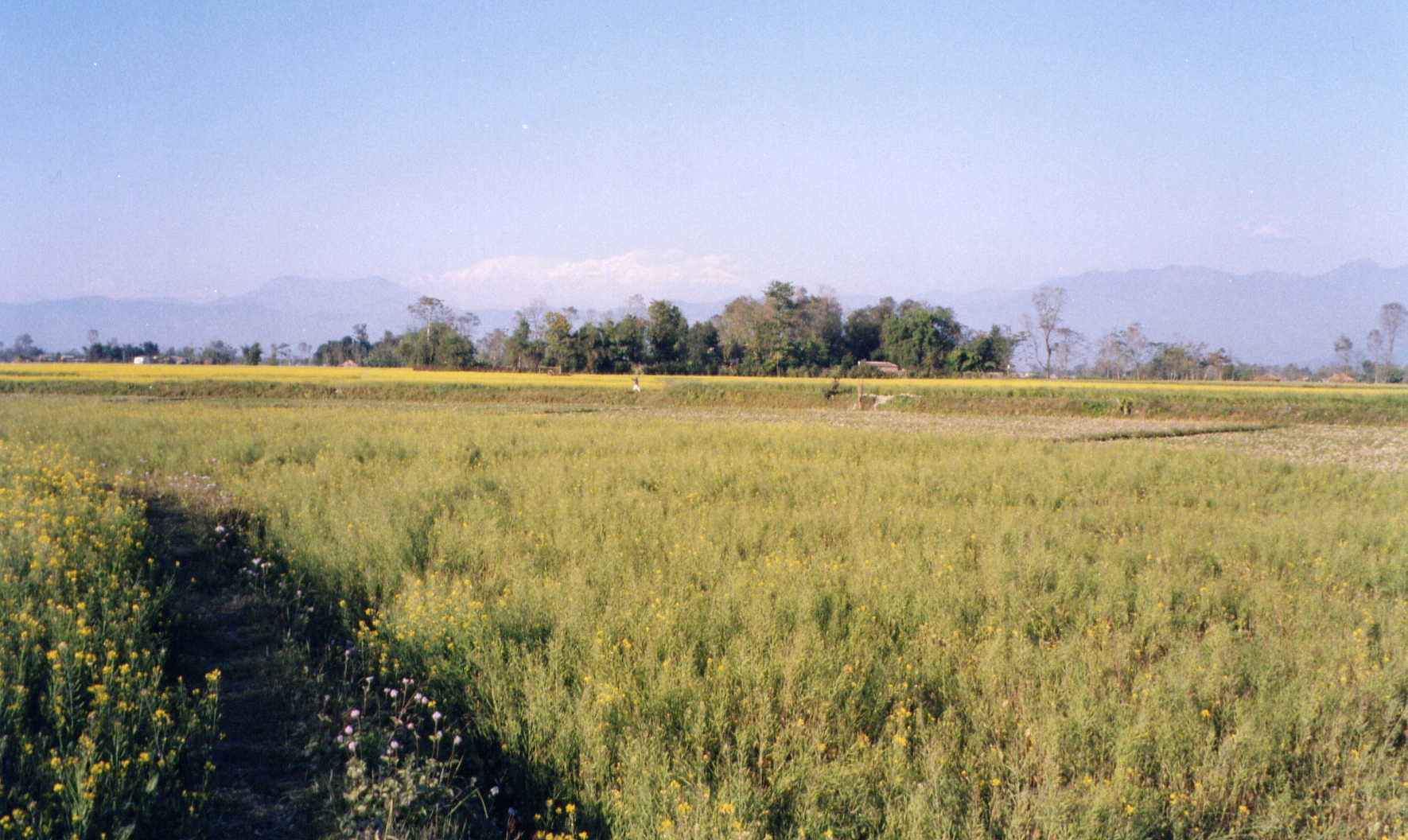
|
Wide- stretching fields of yellow- flowering mustard are a typical vistas in Terai, a lowland area at the boundary to
India. Most of the Terai was heavily forested until the 1960s. The drainage and spraying
programs begun in 1954 markedly reduced the incidence of malaria, enabling mass migration from
the neighboring areas. Fertile soles and easy accessibility led to rapid development. It is now
the most important and fastest-growing region for agriculture and industrial production in Nepal.
There are some big tee plantations in the south of Nepal. The main tea area is a prolongation of
the Indian province Darjeeling, which is the home of the finest Indian tee. Nevertheless the main crop in Nepal is rice.
Despite of the agriculture progress due to the so-called green revolution (utilising improved
seeds, artificial fertilisers and pesticides) Nepal has to import much more food than it can
produce, because the population is growing more rapidly than production.
|

